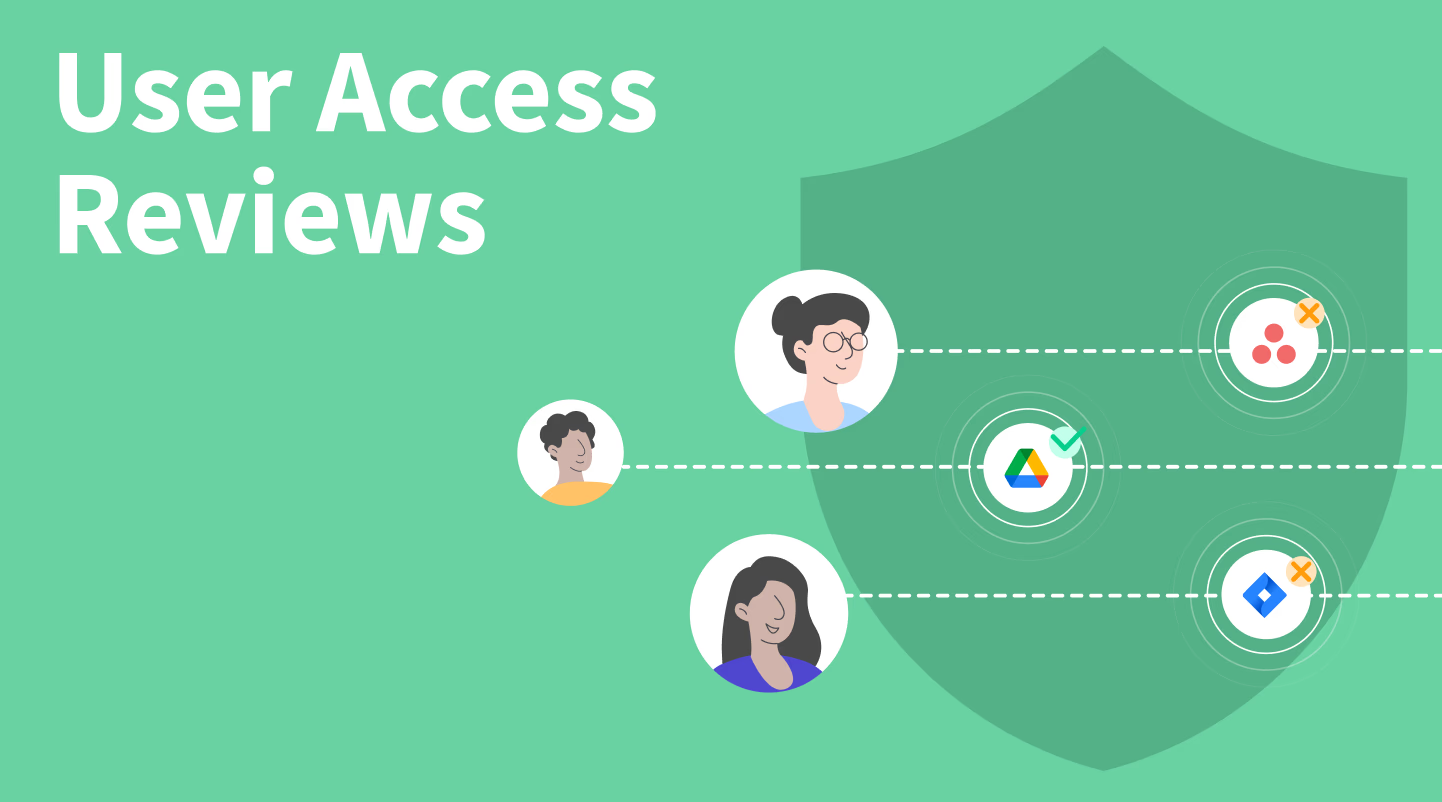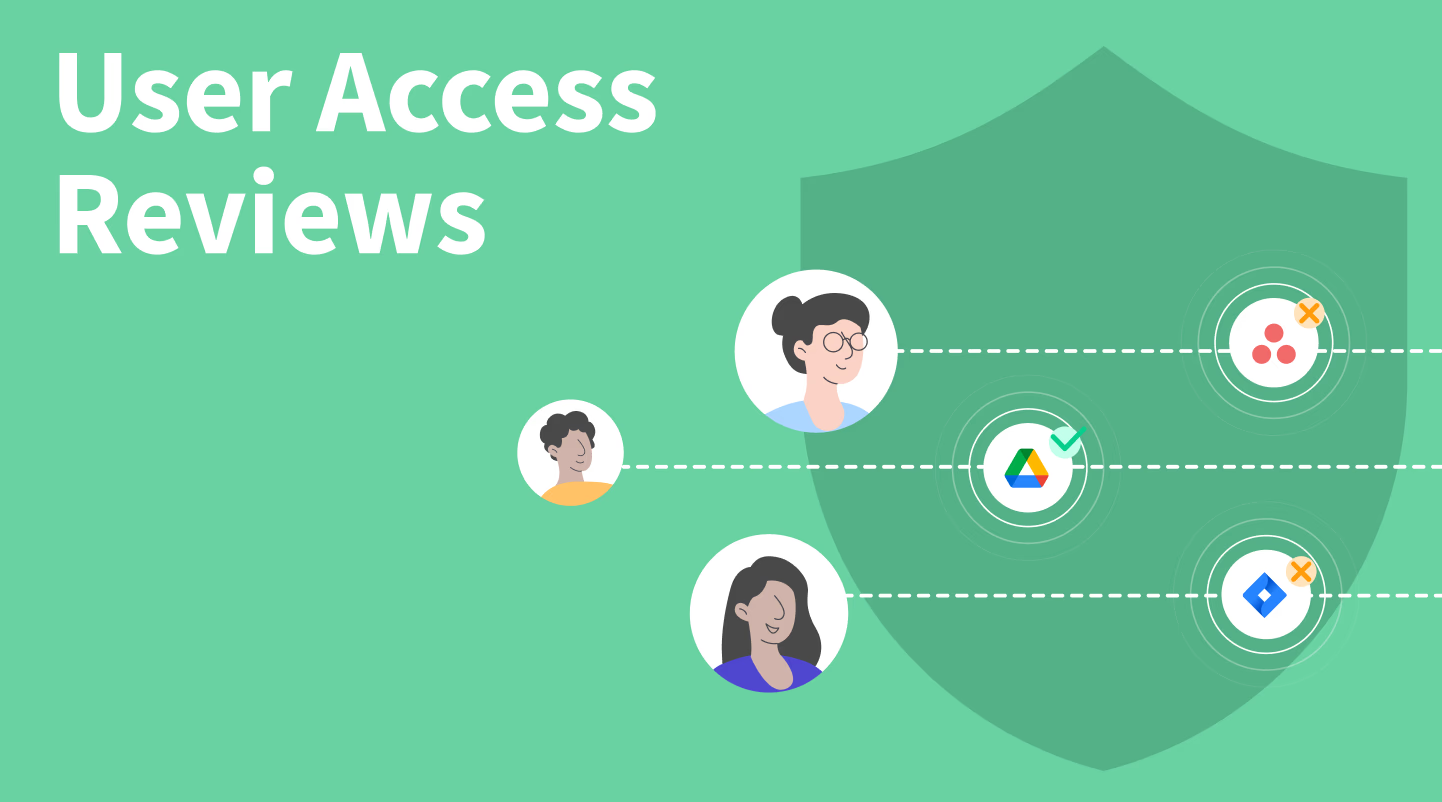How Can Organizations Streamline Their User Access Review Efforts?

In today’s digital-first business landscape, managing user access to critical systems and data has become a paramount concern for organizations of all sizes. Improperly managed access can lead to security breaches, compliance failures, and operational inefficiencies. This is where identity governance and administration (IGA) and user access review processes play a pivotal role. Streamlining these efforts can help organizations maintain security, improve efficiency, and ensure regulatory compliance.
What Is Identity Governance and Administration?
Identity governance and administration refers to the policies, processes, and technologies that ensure the right individuals have the right access to the right resources at the right time. It provides organizations with a framework to manage digital identities, enforce security policies, and monitor access across the enterprise. IGA helps reduce risks associated with unauthorized access, simplifies compliance reporting, and provides a centralized approach to identity management.
Key components of IGA include:
-
Provisioning and De-provisioning: Automatically granting and revoking access based on employee roles and lifecycle events.
-
Access Requests and Approvals: Allowing employees to request access in a controlled, auditable manner.
-
Role Management: Defining roles and permissions to streamline access control.
-
Audit and Reporting: Tracking access activity to ensure compliance and detect anomalies.
By implementing a robust IGA framework, organizations can simplify user access management while strengthening security posture.
Understanding User Access Review
A user access review is the process of evaluating and verifying the access rights of employees, contractors, and third-party users. It ensures that individuals have only the access necessary for their roles and responsibilities. Conducting regular user access reviews helps prevent the accumulation of excessive privileges and reduces the risk of insider threats.
User access reviews are particularly crucial in organizations that operate in regulated industries, where compliance requirements mandate that access to sensitive data be monitored and controlled. These reviews typically involve:
-
Identifying all active accounts and associated permissions.
-
Verifying that access aligns with job responsibilities.
-
Removing unnecessary or outdated permissions.
-
Documenting the review process for audit purposes.
While user access reviews are essential, they can be resource-intensive and prone to errors if handled manually. This is where streamlining becomes critical.
Why Streamlining User Access Reviews Matters
Manual access reviews can be time-consuming, inconsistent, and prone to human error. Organizations may struggle to keep up with frequent role changes, new hires, and terminations, leading to outdated access permissions that pose security risks. Streamlining user access review efforts offers multiple benefits:
-
Enhanced Security: Ensures that only authorized users have access, minimizing the risk of data breaches.
-
Improved Compliance: Simplifies audits and reporting, making it easier to meet regulatory requirements.
-
Operational Efficiency: Reduces the time and effort required for access reviews, freeing IT staff for other critical tasks.
-
Risk Reduction: Detects excessive or dormant permissions before they can be exploited.
By automating and standardizing these reviews, organizations can maintain a strong security posture without overburdening their teams.
Strategies to Streamline User Access Reviews
1. Automate Access Review Workflows
Automation is one of the most effective ways to streamline user access reviews. By leveraging identity governance and administration solutions, organizations can automatically generate review tasks, route them for approval, and enforce access changes. Automation reduces manual effort, ensures consistency, and accelerates the review process.
2. Implement Role-Based Access Control
Role-Based Access Control (RBAC) simplifies user access management by assigning permissions based on roles rather than individual users. By defining clear roles and associated permissions, organizations can reduce complexity and make access reviews more straightforward. This approach minimizes errors and ensures that employees have only the access required for their responsibilities.
3. Conduct Risk-Based Reviews
Not all accounts and permissions carry the same level of risk. Risk-based reviews prioritize high-risk access, such as administrative privileges or access to sensitive data. By focusing efforts on the most critical areas, organizations can optimize resources while maintaining security.
4. Use Periodic and Event-Driven Reviews
Regularly scheduled access reviews, such as quarterly or semi-annual audits, ensure ongoing compliance and security. Additionally, event-driven reviews—triggered by role changes, department transfers, or terminations—help maintain up-to-date access without waiting for the next scheduled review.
5. Centralize Reporting and Documentation
Keeping all access reviews centralized in a single platform or system simplifies monitoring, auditing, and reporting. A centralized approach ensures transparency, makes compliance reporting easier, and provides a clear trail of review activities.
6. Leverage Analytics and Insights
Modern IGA solutions provide analytics that can identify patterns, anomalies, and potential risks in user access. Leveraging these insights allows organizations to proactively manage access, detect orphaned accounts, and address compliance gaps before they become issues.
How Securends Helps Simplify Access Management
Organizations looking to optimize their identity governance and user access review processes can benefit from advanced solutions such as Securends, which offers automated workflows, role management, risk-based analysis, and reporting tools. By adopting such solutions, companies can reduce manual effort, improve security, and streamline compliance reporting—all while ensuring that access rights are accurately managed.
Conclusion
Streamlining user access review efforts is essential for organizations aiming to strengthen security, ensure compliance, and improve operational efficiency. By implementing best practices in identity governance and administration, such as automation, role-based access control, risk prioritization, and centralized reporting, organizations can maintain a proactive and secure approach to access management. Regular reviews, supported by advanced technologies, ensure that access is always aligned with business needs, minimizing risks and enhancing overall organizational resilience.





